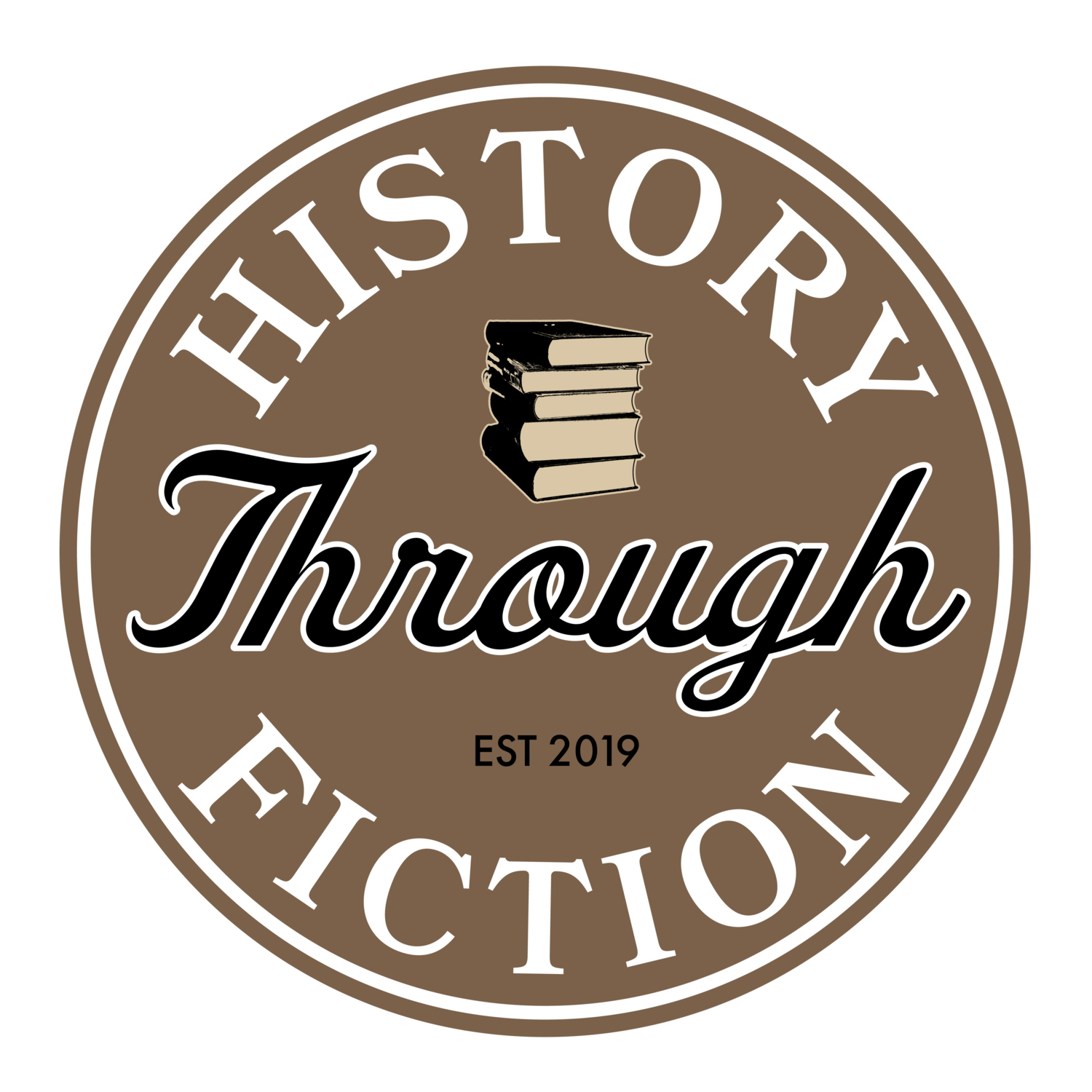
Blog

Connecting the Past with the Present: The Incredible Power of Historical Fiction
At History Through Fiction, we believe that stories about the past have value beyond their ability to entertain readers—especially those based on real events and people. But how do you harness that value to connect history with the world we see today?

Reckless Love, Reincarnation, and Blackness: An Interview with Natashia Deón
Sarah Burke, intern at History Through Fiction, loved Natashia Deón’s new time-bending novel, The Perishing. Burke also had the opportunity to interview the author about her characters, her inspiration, and her writing process.

The King’s Anatomist is Illustrated. Why Aren’t Other Novels?
As I got deeper into writing The King’s Anatomist, I came to realize that in telling the story of Andreas Vesalius and his great textbook of anatomy, I had to show what I was writing about. Vesalius’s great innovation was to use at least one accomplished artist to enrich his text with beautiful and accurate illustrations.

Johannes Oporinus to the Rescue: The Invaluable Partnership that Changed the History of Medicine
In 1542, Andreas Vesalius needed a printer for his book on human anatomy. But it couldn’t be any printer because he knew his book was revolutionary. Introducing Johannes Oporinus, a dedicated scholarly printer who could help Vesalius change the world.

King Philip II of Spain: Andreas Vesalius’ Boss
A zealous Catholic, King Philip II of Spain was grim, controlling, and distrustful of all but a small circle of advisors. He was also the boss of Andreas Vesalius, the revolutionary anatomist who worked as his imperial physician.

Grandpa Writes a Novel: 3 Key Takeaways from a Debut Novelist
For me, much of writing is problem-solving. I resolved major issues with the plot, the characters, and who the narrator would be by writing sketches of the major characters and making a detailed timeline of Vesalius’ life. But I hunkered down to resolve the small problems as well—problems that can distract and annoy readers.

Leonardo da Vinci: Artist, Engineer, and . . . Anatomist?
Leonardo da Vinci. Perhaps you’ve heard of him? Of course you’ve heard of him. Best known as an artist and inventor during the High Renaissance, Leonardo was an Italian polymath who excelled in many subjects. What you may not know, and what Leonardo kept private during his lifetime, were his accomplishments in the field of human anatomy.

Introducing our Fall Intern
Get to know our Fall 2021 intern, Sarah Burke! Sarah is a student at Augsburg University and hopes to one day work in the publishing industry. She believes that stories are the lifeblood of communities and individuals, and she wants to learn more about where these stories come from and more importantly, who gets to tell them.

Giving Galen of Pergamon His Due
Galen was born into a prominent family in Pergamon, in present-day Turkey, one of the great cities of the Roman world and a center of Greek culture. Galen’s early medical education was from a series of mentors, there being no medical schools. When Galen’s architect father died, making him independently wealthy, he took to the road.

Bandits, Bad Roads, and The Plague: The hardships of travel in sixteenth-century Europe
To get from one place to another in the sixteenth century, people could go by foot, horse, or cart. The options were limited and no matter their choice, it was slow. Those who went by foot could make 20 to 30 miles a day depending on the conditions. By horse, a traveler could go 30 to 40 miles a day. By cart or carriage, distance covered could be much less because of the deplorable conditions of most roads.

The Young Prodigy Who Revolutionized Medical Anatomy
Andreas Vesalius (1514-1564), a brash 28-year-old professor at the University of Padua medical school, published a textbook of anatomy unlike any that had come before—revolutionary for its careful detail, exquisite illustrations, and enlightened design as a reference tool. But just as remarkable was its brazen challenge to the absolute authority of the Greek physician Galen, the medical giant of antiquity whose writings went virtually unquestioned in the thirteen centuries following his death.

Writer’s Block and My Tackle – Overcoming Imposter Syndrome
I always thought writer’s block meant blank pages and tufts of hair yanked out from stifled thoughts. My situation was different. I knew what to say. But some malevolent force was preventing me from continuing. This is a story about my first, and I hope last, experience with that debilitating situation, and how I overcame it.

A Review of “The Silence of Scheherazade” by F.M. Deemyad, author of “The Sky Worshipers”
Attention to detail makes Defne Suman’s novel, The Silence of Scheherazade a joy to read. Scenes come alive with meticulous descriptions of the foods, aromas, sounds and sights that are aptly described. Intricate particulars of life during WWI make this book a great read.

A Fresh Approach to History in Fiction: Our Ohio Story
Recently, I came across Our Ohio Story, a web serial by Kate McCord that tells an American story through a patchwork of sequential chapters, character sketches, and cultural reflections. It’s so engaging. It’s a wonderful way to use fiction to teach and get people really thinking about history.

The King’s Anatomist – A Free Audio Excerpt
On his journey from Brussels to Zante, Jan visits old friends and recounts many memories from his life with Andreas. In this excerpt, Jan and his assistant Marcus have stopped at the University of Padua, a school where Andreas was formerly the chair of surgery and anatomy.

The Essence of a Successful Historical Novel – A Guest Post by Julian de la Motte
The essence of a successful historical novel is when ever and where ever it is possible to stick to the historical facts of the matter, or such as are known. In the case of the Norman Conquest much of the 'facts' are either circumstantial, anecdotal or highly colored by subsequent writers.

The Writing Process - Perspectives From Our Founder and Editor
Recently, I finished a full revision of my current writing project—a full-length, alternative history novel (103,263 words to be exact). When published it will be my fifth novel. Each one, as any author could tell you, has been a tremendous challenge that has required years of patient hard work.

Do I Need a Sensitivity Reader?
Though issues of misrepresentation and cultural appropriation have always existed, in recent years our society has become much more aware of the harm these issues cause. This awareness has led to a rise in the use of sensitivity readers as well as a debate over their necessity.

Appropriate by Paisley Rekdal – A Review and Reaction
In her book Appropriate, Paisley Rekdal shows us that we must confront cultural appropriation, not as a moral judge or caretaker, but as an open-minded participant both in the world we live in and the one we are striving to achieve.

The Vaccine: Medicine’s Most Impressive Feat
The coronavirus pandemic has made a household word of “vaccine hesitancy,” a polite term used within the public health community to refer to delaying or refusing vaccines. Despite the ingenious development and record-time deployment of several incredibly safe and effective coronavirus vaccines…
